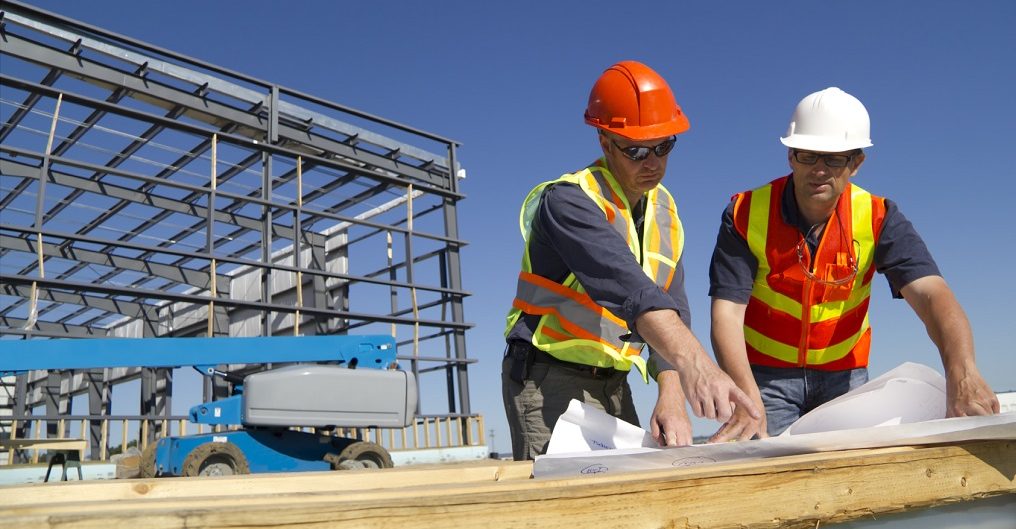Getting Started With Lean Construction
Lean construction is based on a simple concept: create value for the client and minimize waste. Implementing lean thinking into construction can be difficult because it requires adopting a different mindset and approach to construction from traditional methods.
The goal for using lean construction is to achieve a continuous workflow that is reliable and predictable. Unlike manufacturing, where lean thinking was born, construction doesn’t normally take place in a controlled environment which presents challenges to creating a continuous workflow.
The cornerstone of lean construction is collaboration between all parties involved: owner, architect, engineers, general contractor, specialty contractors, and materials suppliers. Everyone involved must be engaged and work together to create value for the client/owner by improving processes and eliminating waste.
Cutting costs, reducing construction times, eliminating material waste, and improving worker productivity are all achieved with the successful implementation of lean principles. These principles should drive and guide you to discovering and developing the tools and methods to achieving the goals of lean construction.
There isn’t a set method or process for going lean. There are many tools, methods and systems that have been developed to apply lean principles to construction. These can be used independently or jointly to implement lean practice in construction projects.
To get you started, here’s a rundown of some of the systems and processes you can implement on your path to lean construction:
Pull Planning
Pull planning is a scheduling method where you start from the end goal, the completed project, and work backward to identify and review milestones, break the project down into phases and create a weekly work plan. Pull planning is a collaborative effort where key players work together to identify essential tasks and everything gets mapped out on a plan board using sticky notes. Different colored sticky notes can be used to easily identify each trade and visualize the process and detail the tasks and players needed to complete them.
Everyone works together to understand how each task and activity impacts other tasks on the schedule and to identify where improvements and adjustments need to be made for efficiency. It is important that all the key players are completely onboard with the schedule. The schedule is reviewed as work progresses to adjust the weekly work plan to ensure that project milestones are being met on time.
Value Stream Mapping
A value stream map is a flowchart that visualizes the flow of each process, information and value. Items on the value stream map get identified as either adding value or not adding value to find ways to eliminate waste and remove or alter steps that don’t add value. The focus of value stream mapping is to create the most value for the client efficiently while rooting out ways to avoid process delay and downtime.
5S
5S is a method to maintain order and organize a jobsite or work area by eliminating waste. The goal is to have all the tools, materials, etc. to complete the work in an organized are and avoid having workers running around the jobsite looking for items.
The 5S’s are:
- Sort – Go through all the tools, materials and equipment required to do the work and remove anything that is not needed.
- Set in Order – All items that were sorted should be placed in a designated storage area like a tool crib based on the frequency they are being used to improve efficiency. Everything should be clearly labeled so that anyone on the jobsite knows where to find and return items after they are used.
- Sweep – Keep the work area clean and make sure all tools and equipment are returned to their correct location.
- Standardize – Create a standardized system to stay organized. Develop a schedule and assign task so workers know what they are responsible for doing.
- Self-discipline (Sustain) – This involves making sure you are following through on the other four steps. Keep records or post a checklist to make sure the steps are being followed and try and identify ways to improve each of the other steps.
Integrated Project Delivery
Integrated Project Delivery is a collaborative delivery method that focuses on utilizing the experience, knowledge and insights from the key players on the project to create value and eliminate waste through all phases of the project from design to construction. Integrated Project Delivery often involves forming a multi-party agreement where the key players execute a single contract and requires a high level of trust and openness.
Last Planner System
The Last Planner System, developed by the Lean Construction Institute, is planning system that involves collaboration and combines pull planning, make-ready and look-ahead planning with constraint analysis, weekly work planning based upon reliable promises, and learning based upon analysis of plan percent complete and reasons for variance.
A3 Reporting
A3 Reports are single-page reports that identify an issue or problem, describe current conditions, establishes the desired goal, analyzes the root cause of the issue and recommends a solution to the problem. The A3 also includes an implementation plan to resolve the issue and a follow-up to ensure that the problem has been corrected.
This is just a small sample of the various tools and methods available to implementing lean construction. Most lean tools can be used in conjunction with others or independently. The goal should be to find the right mix of solutions to properly execute projects using lean methods to add value and eliminate waste.
Continually making improvements to further eliminate waste and add value is critical to perfecting your lean construction processes. Adjustments should be made throughout the individual project to identify and reduce waste. Applying what you learn from each project, both successes and failures, will allow you to continually innovate and improve new ways to add value and eliminate waste.
